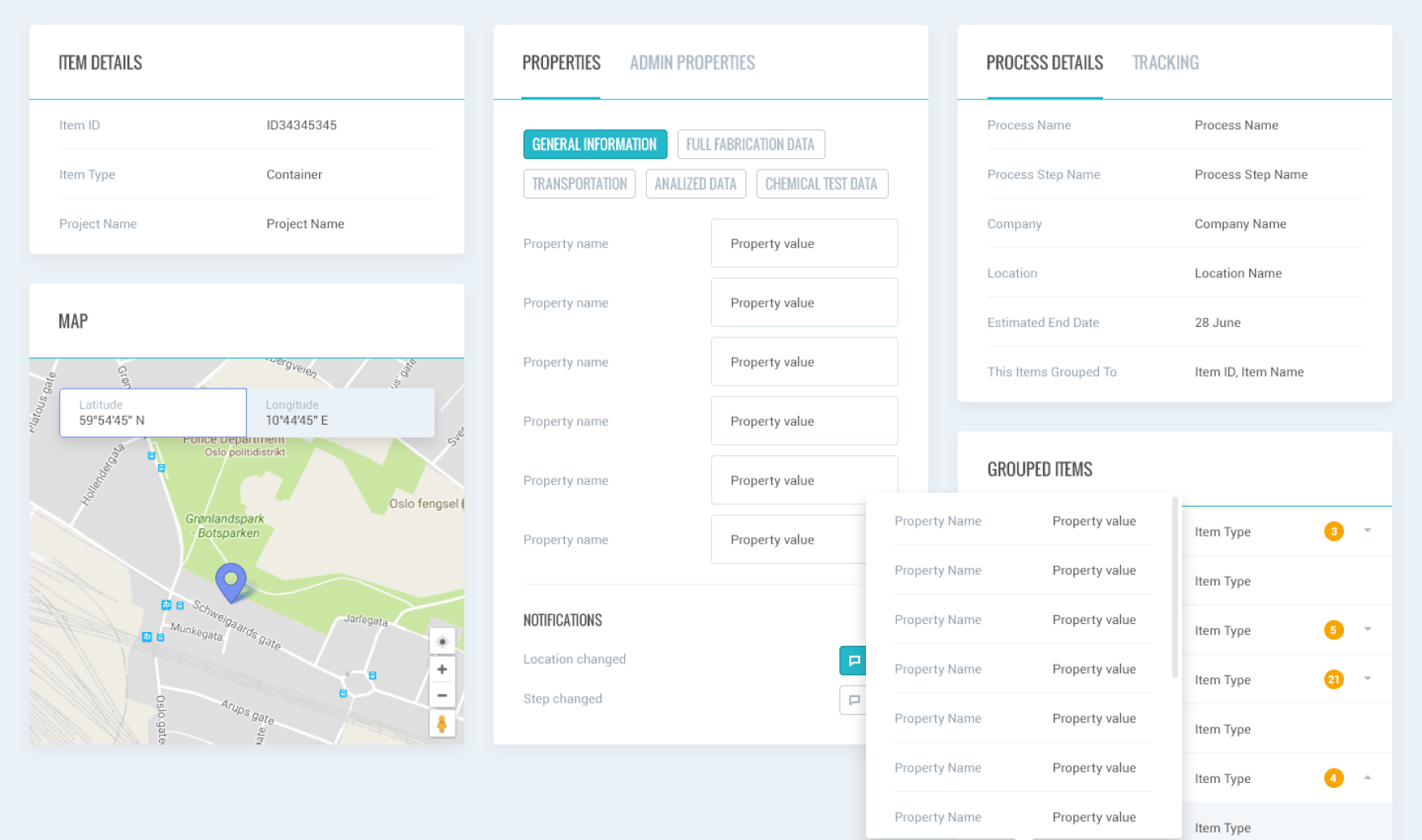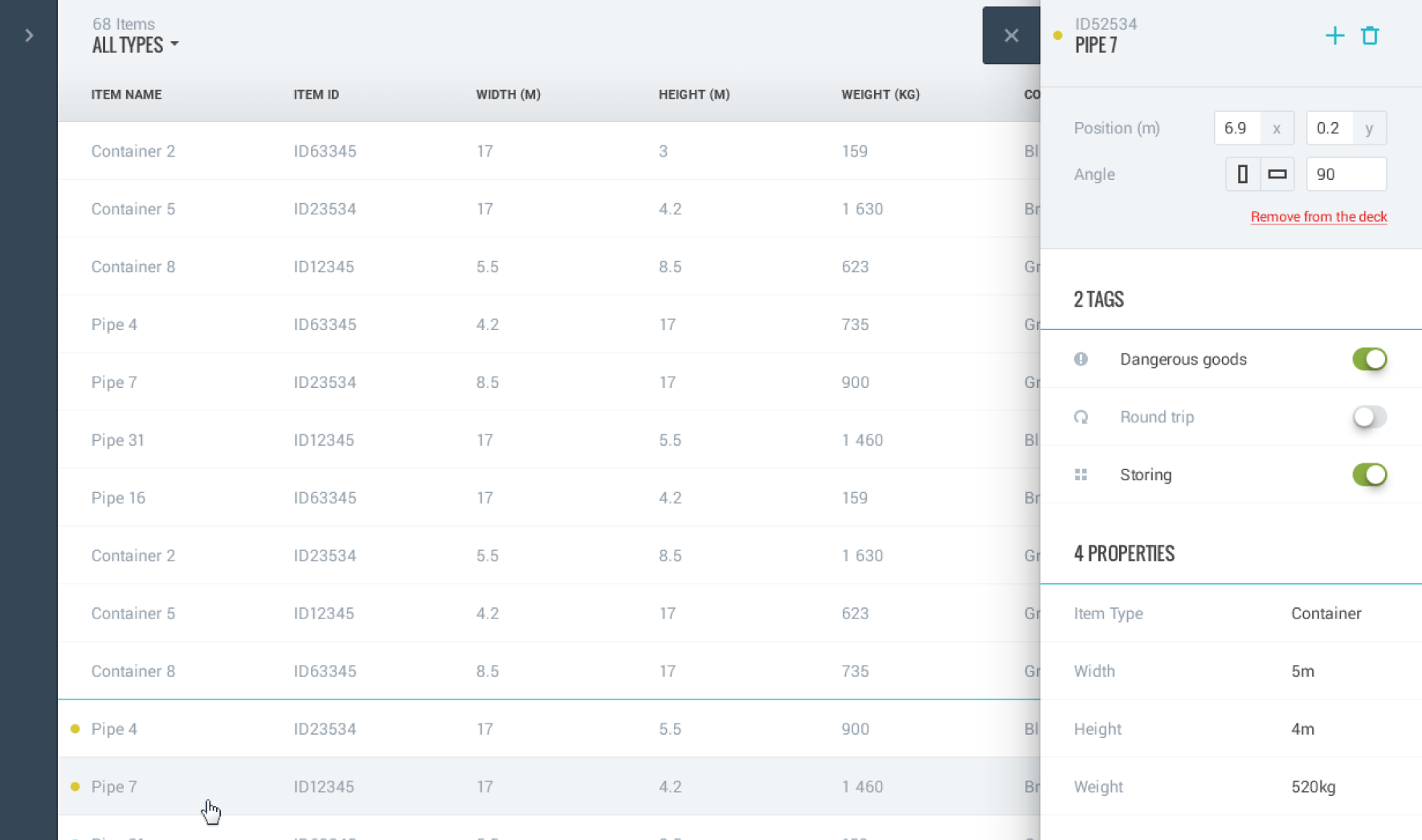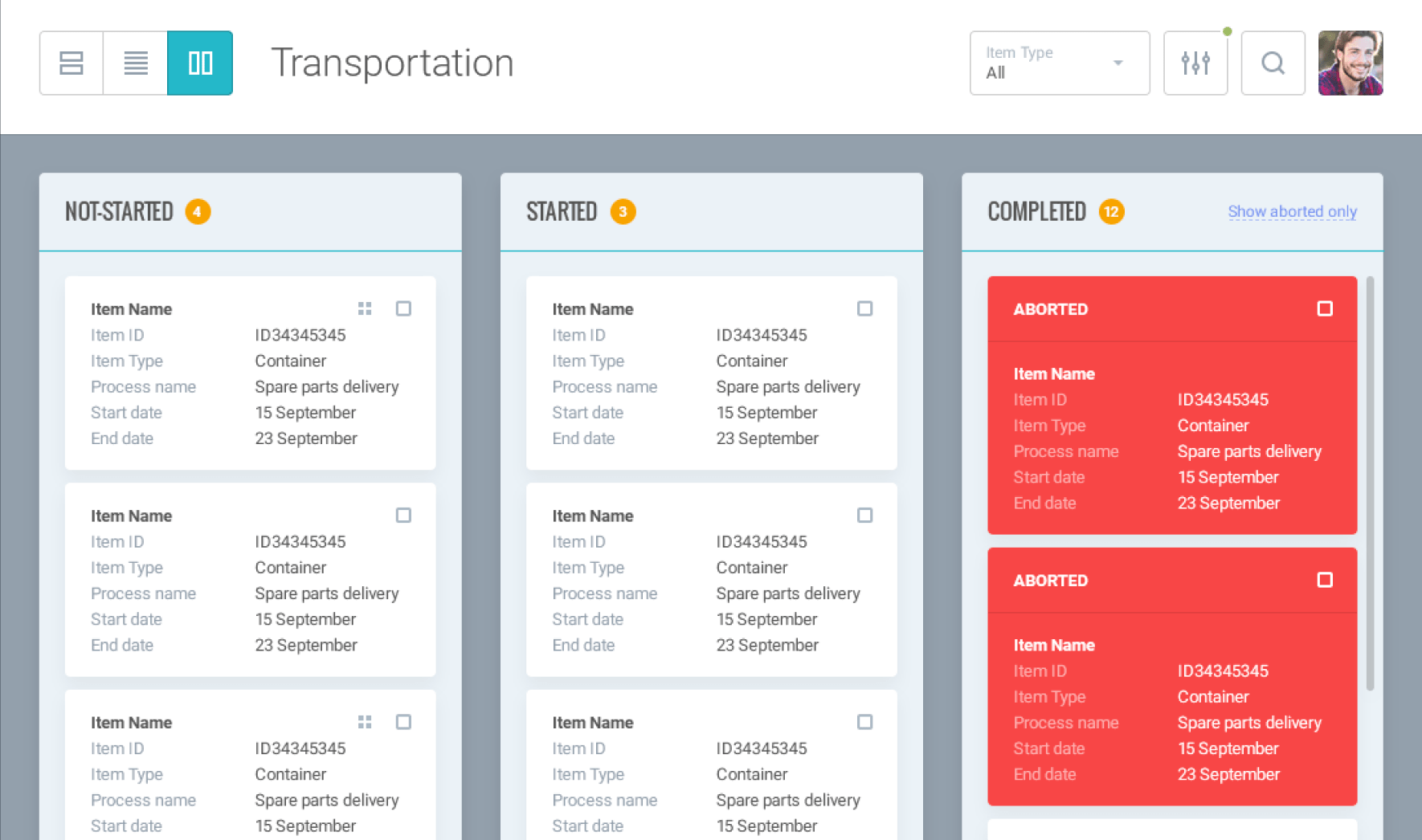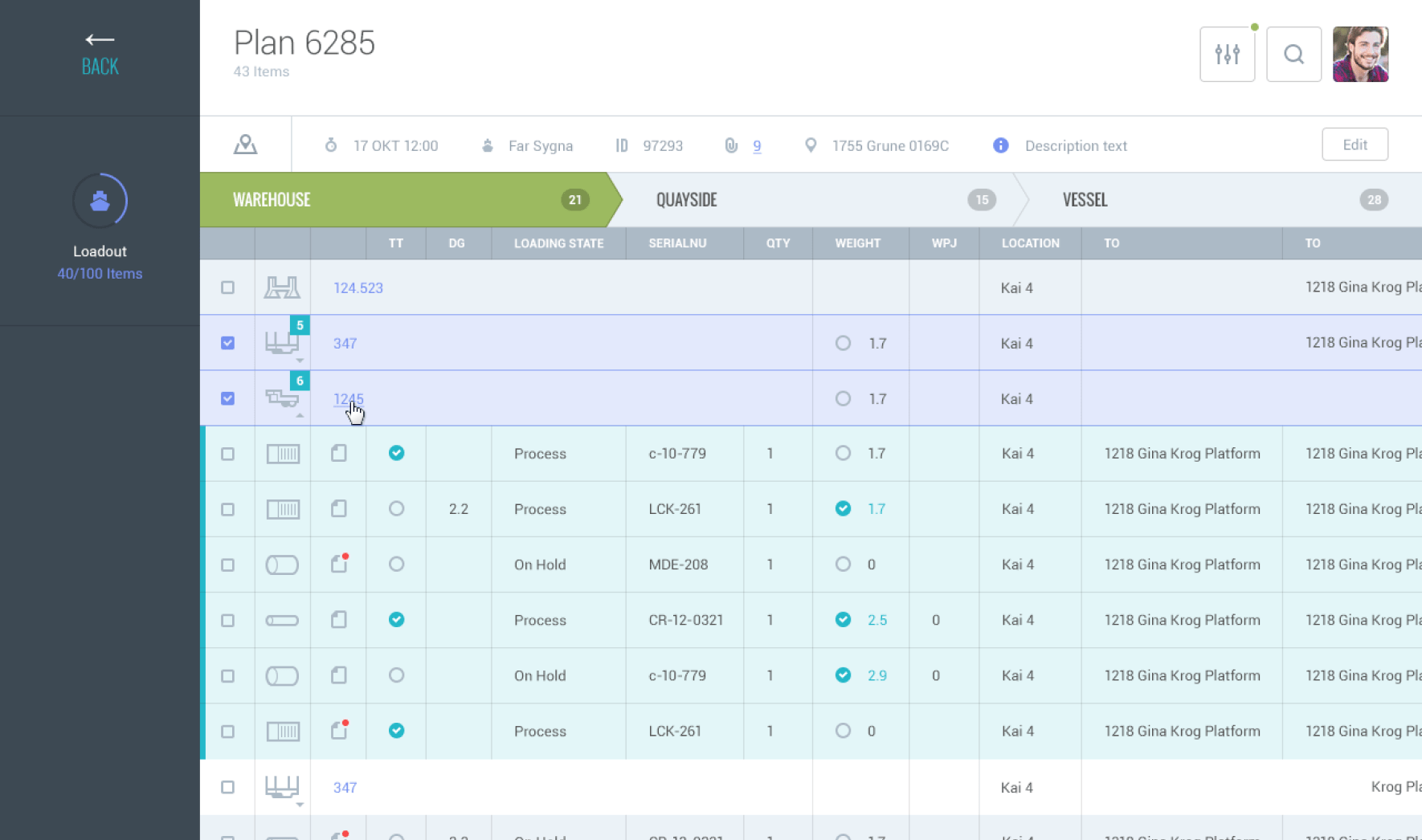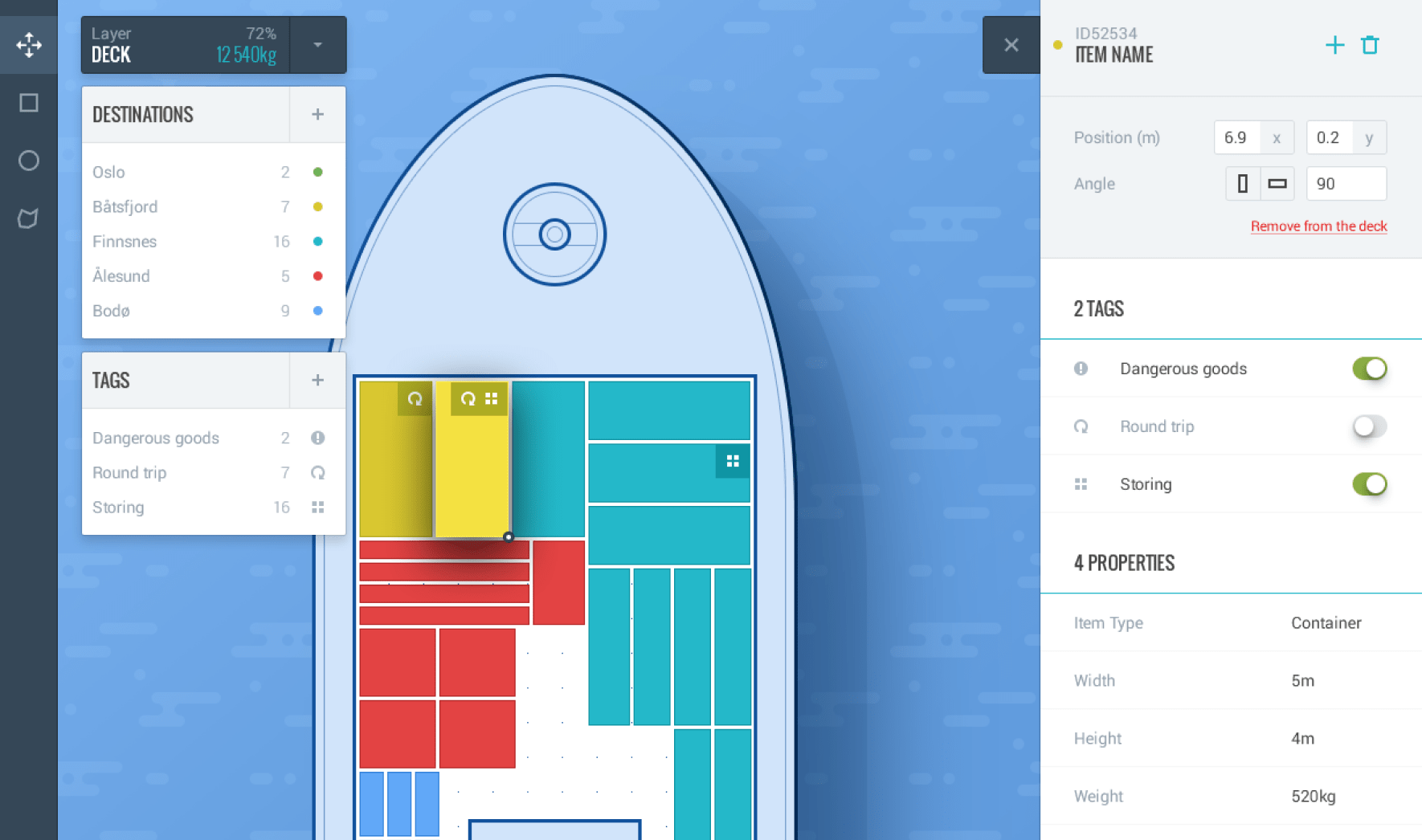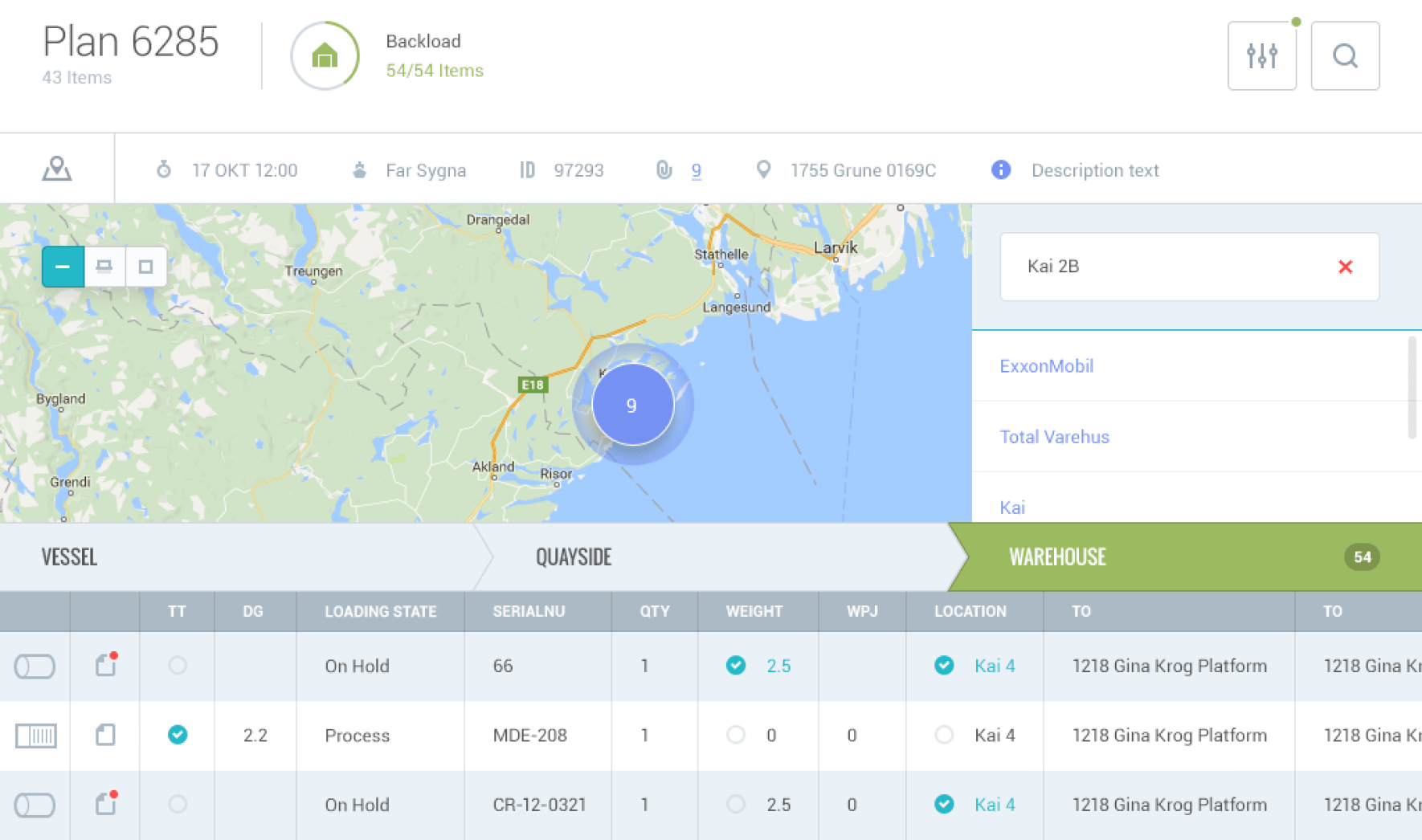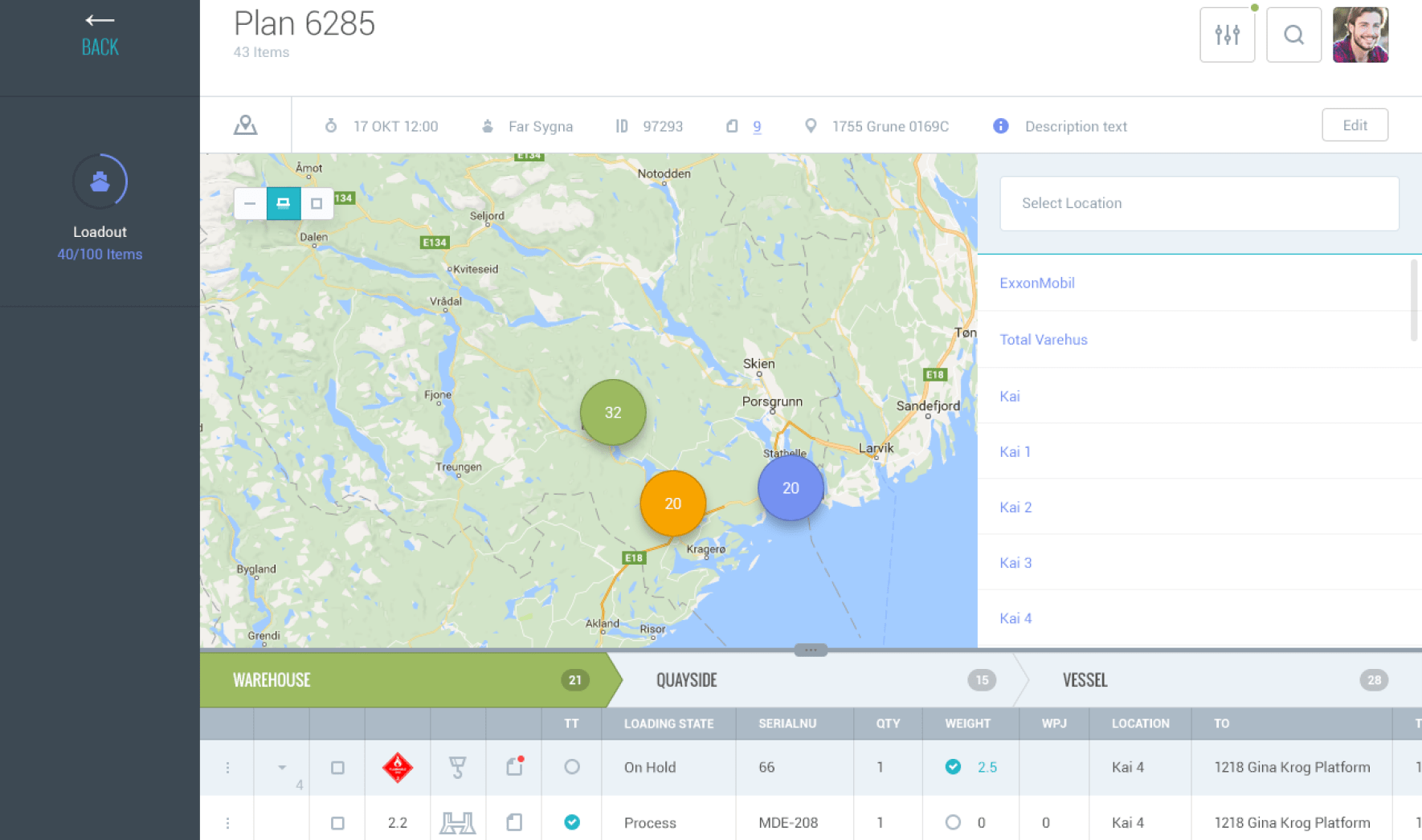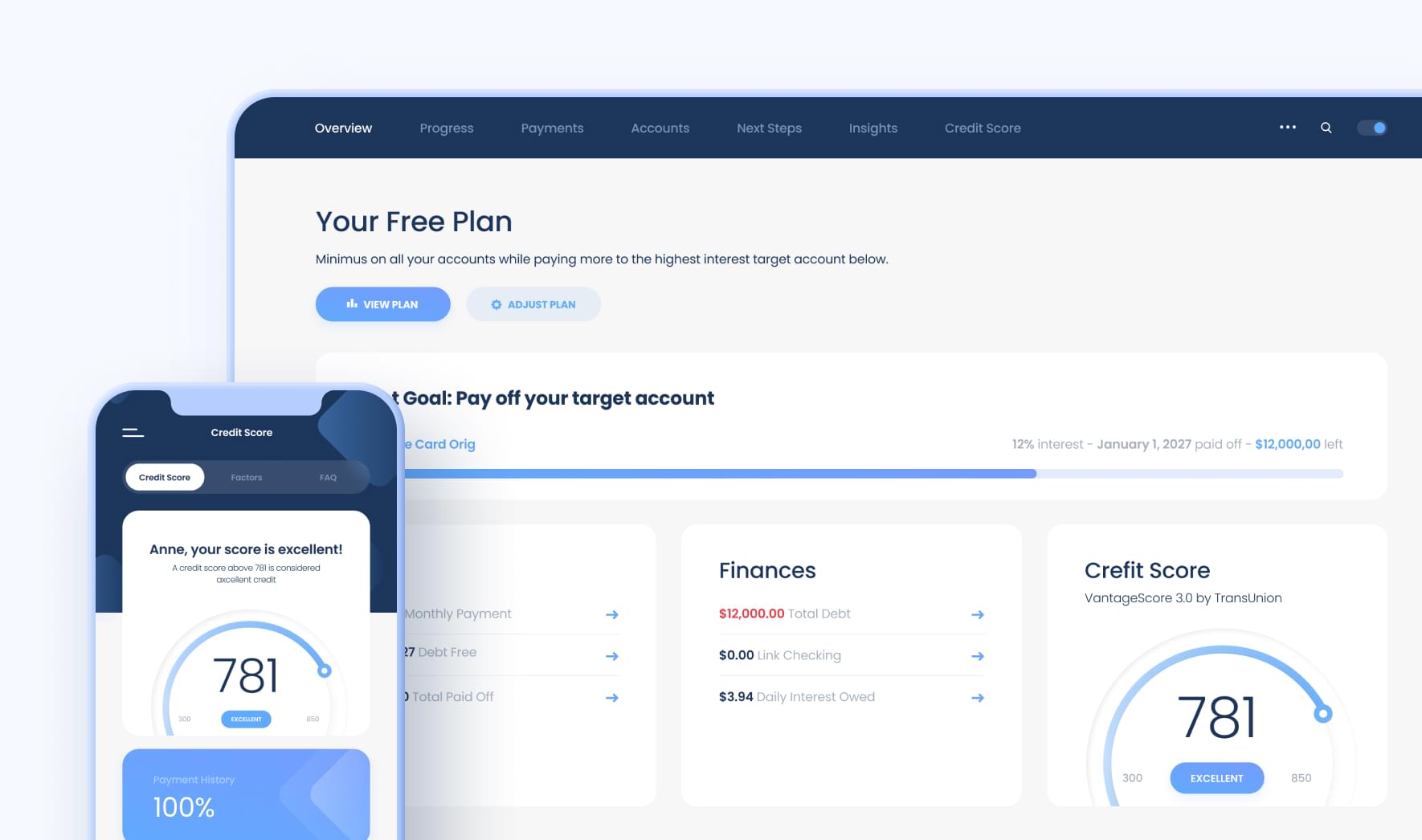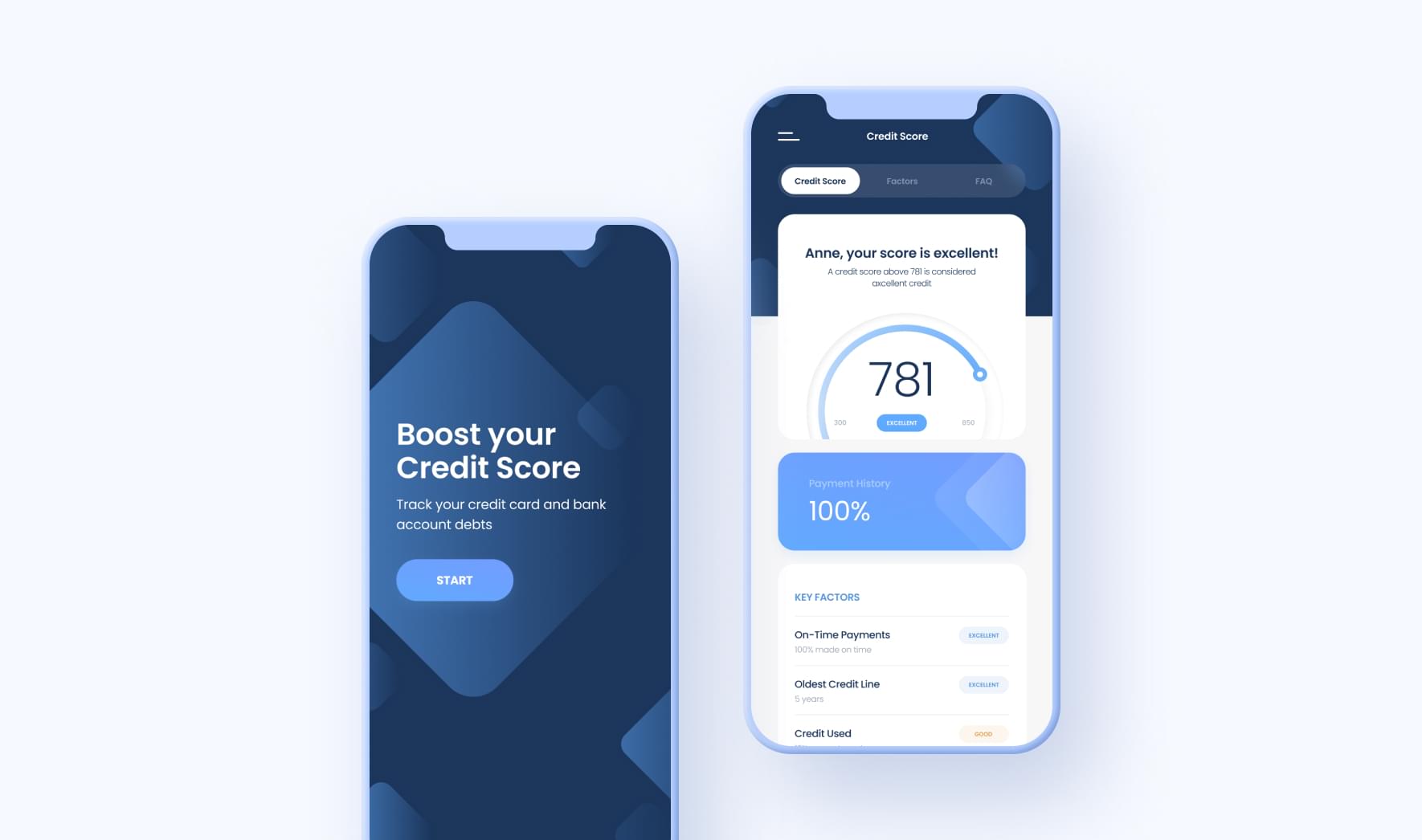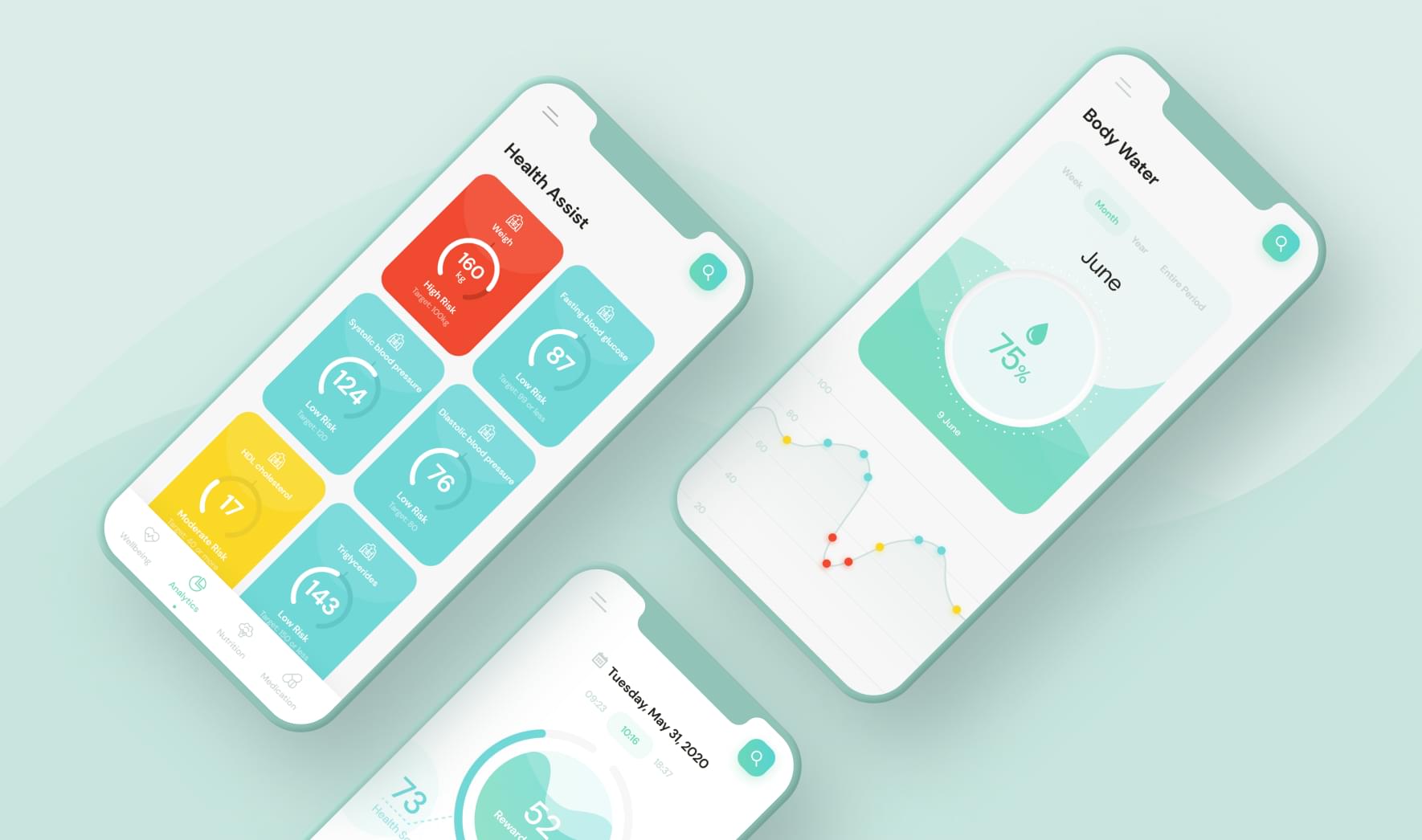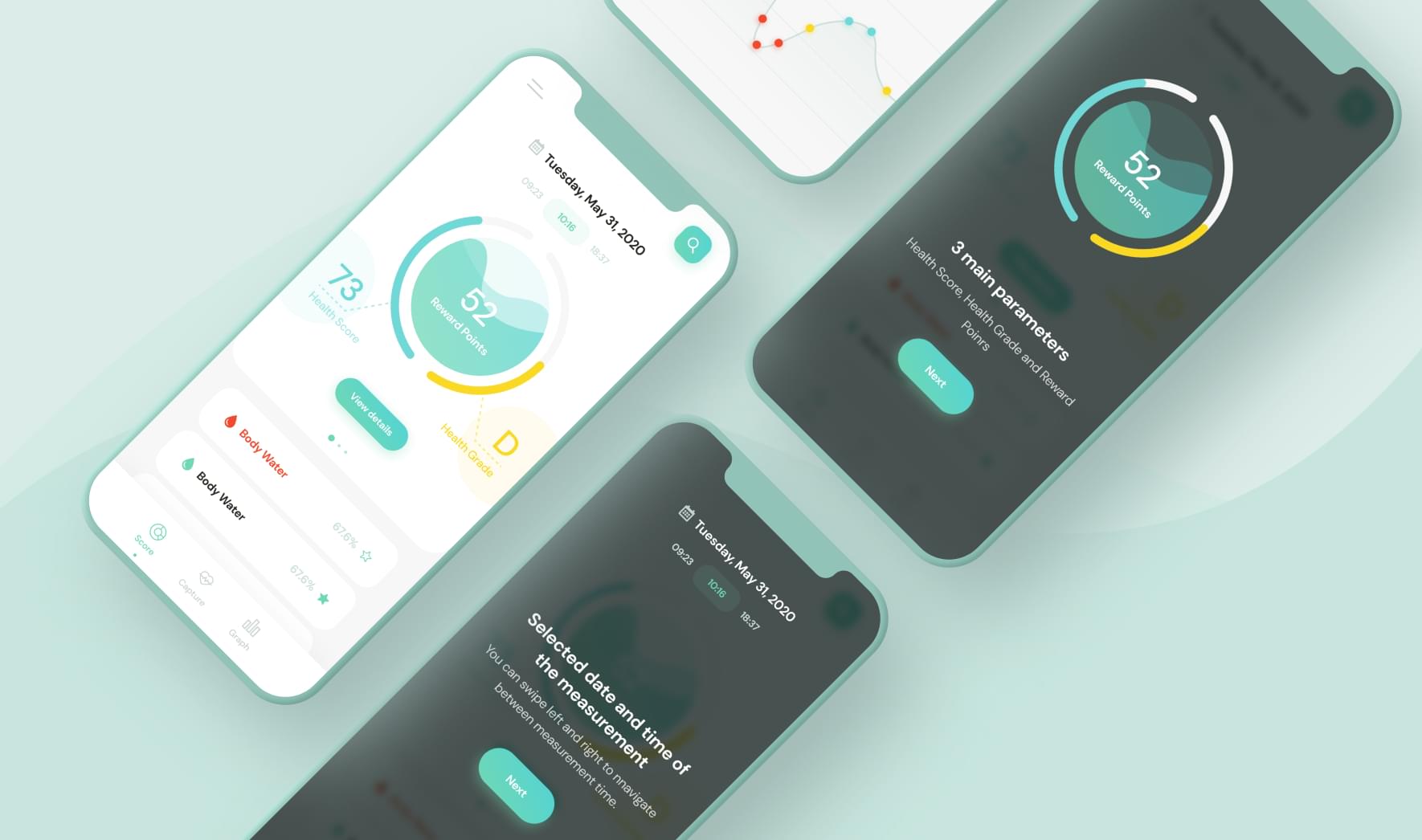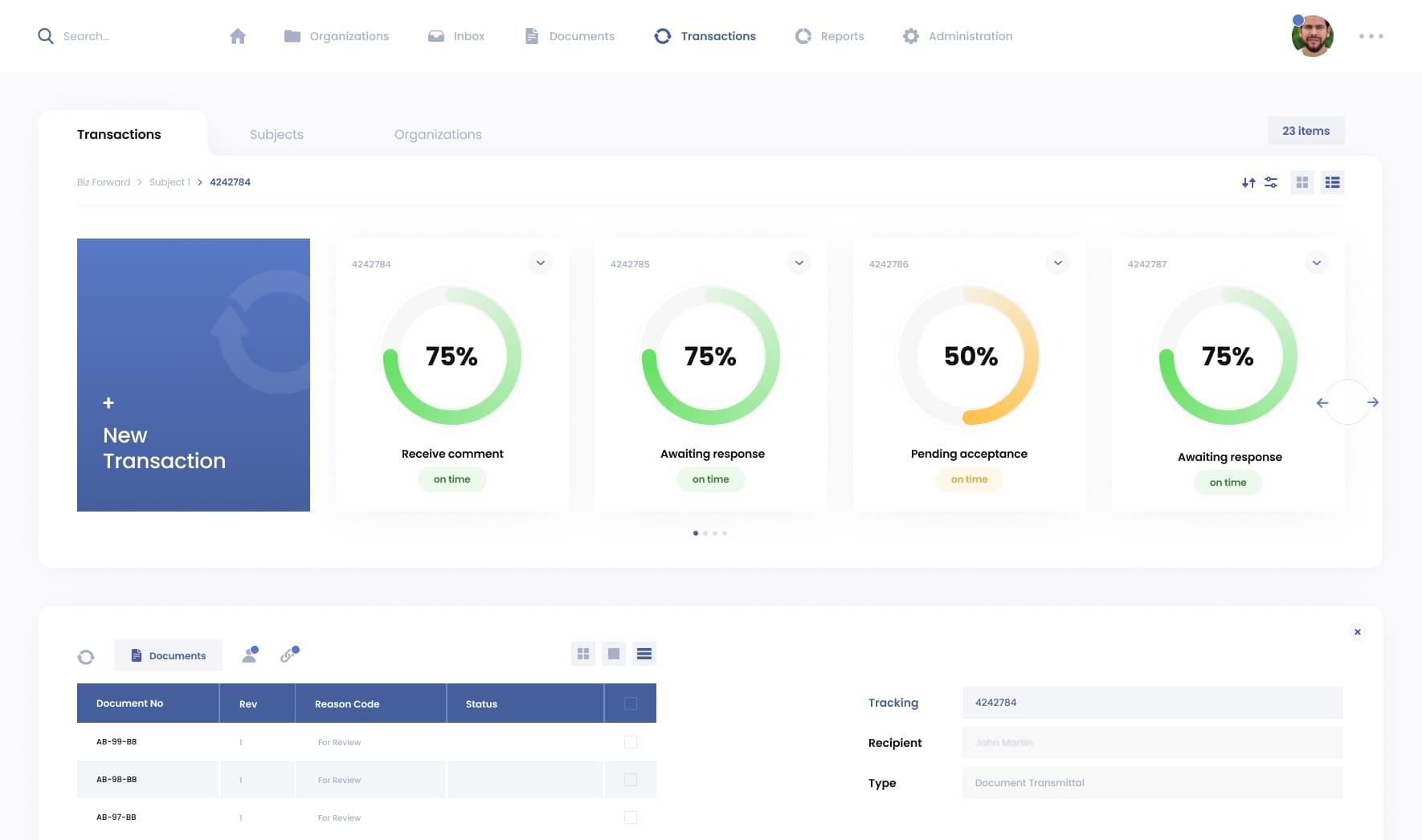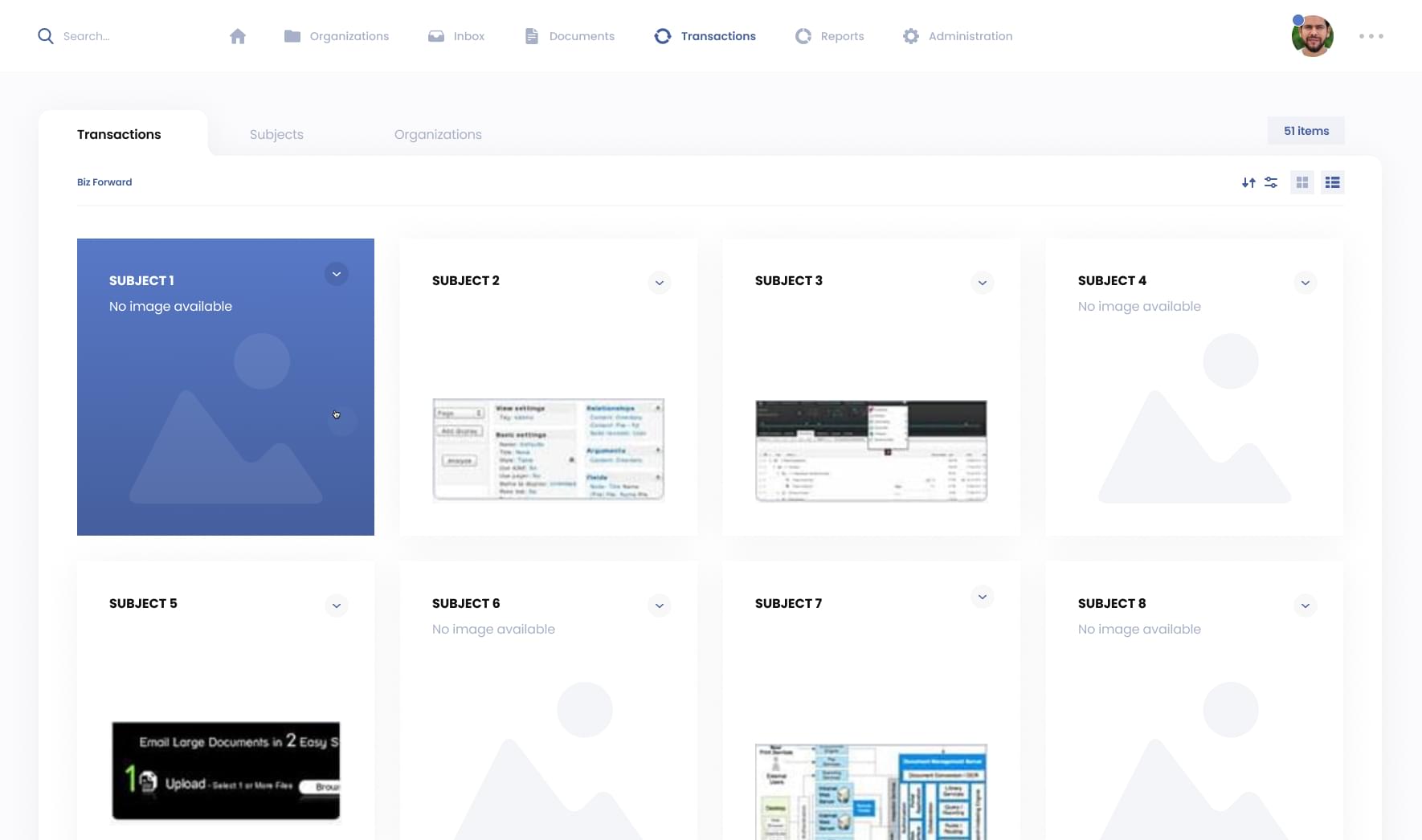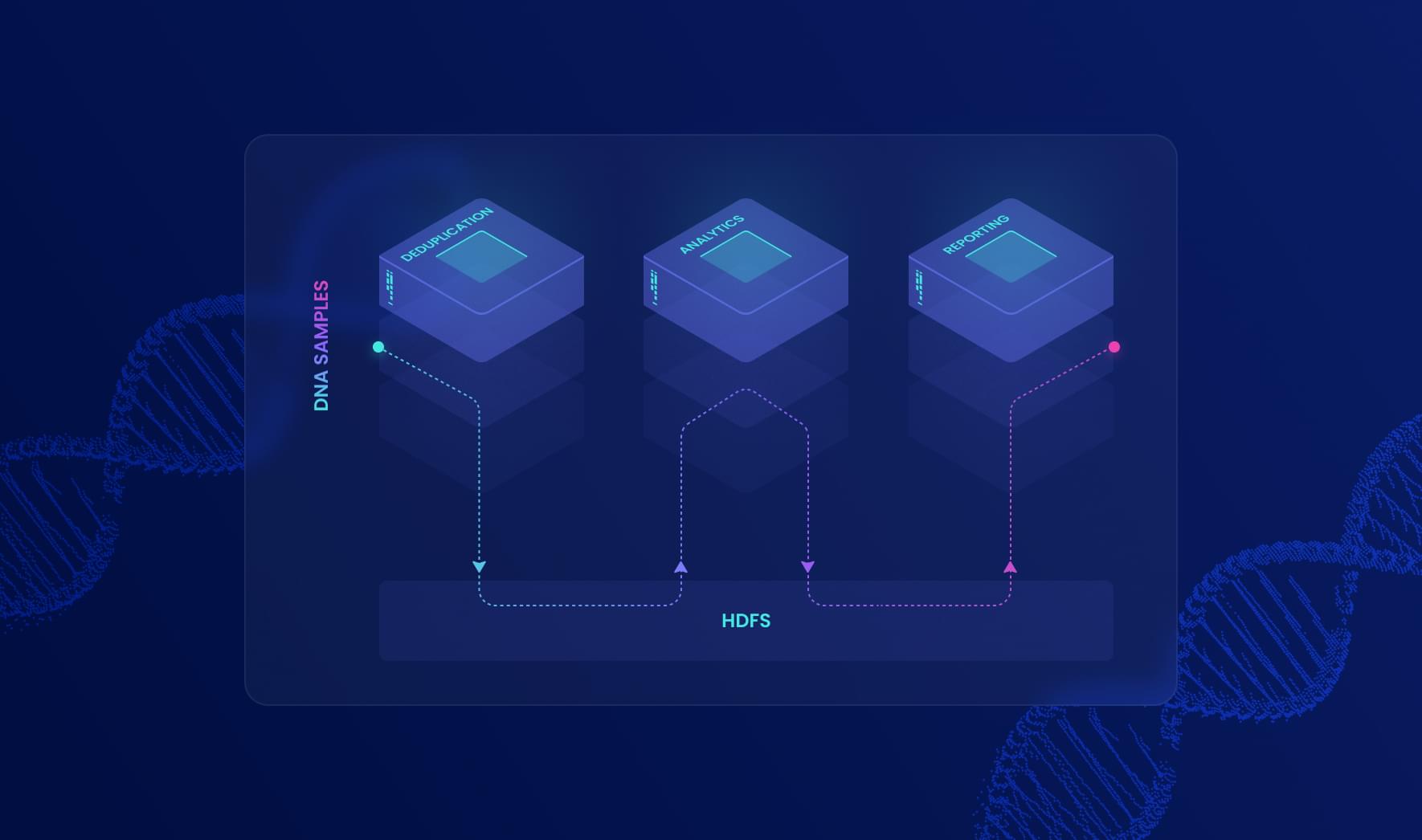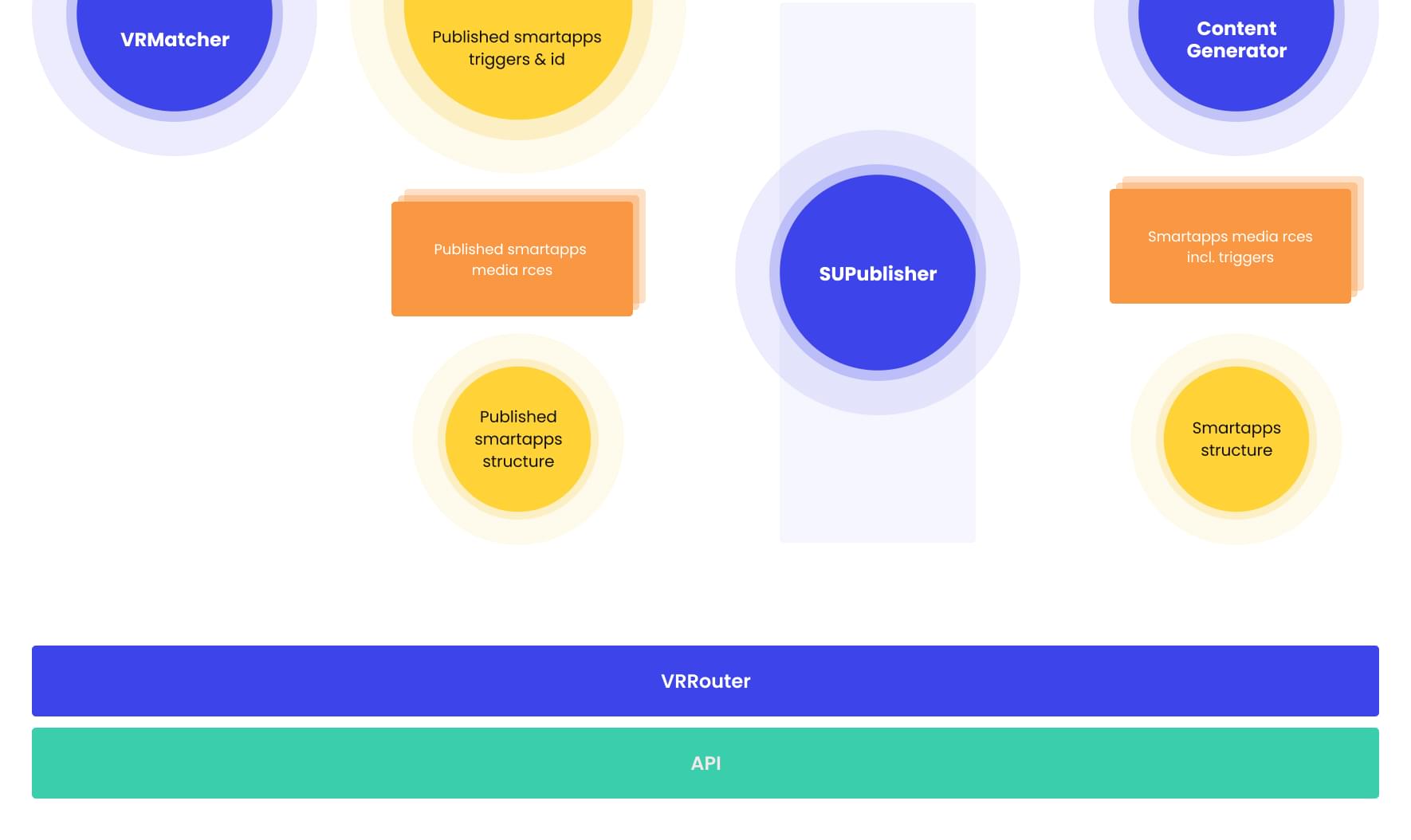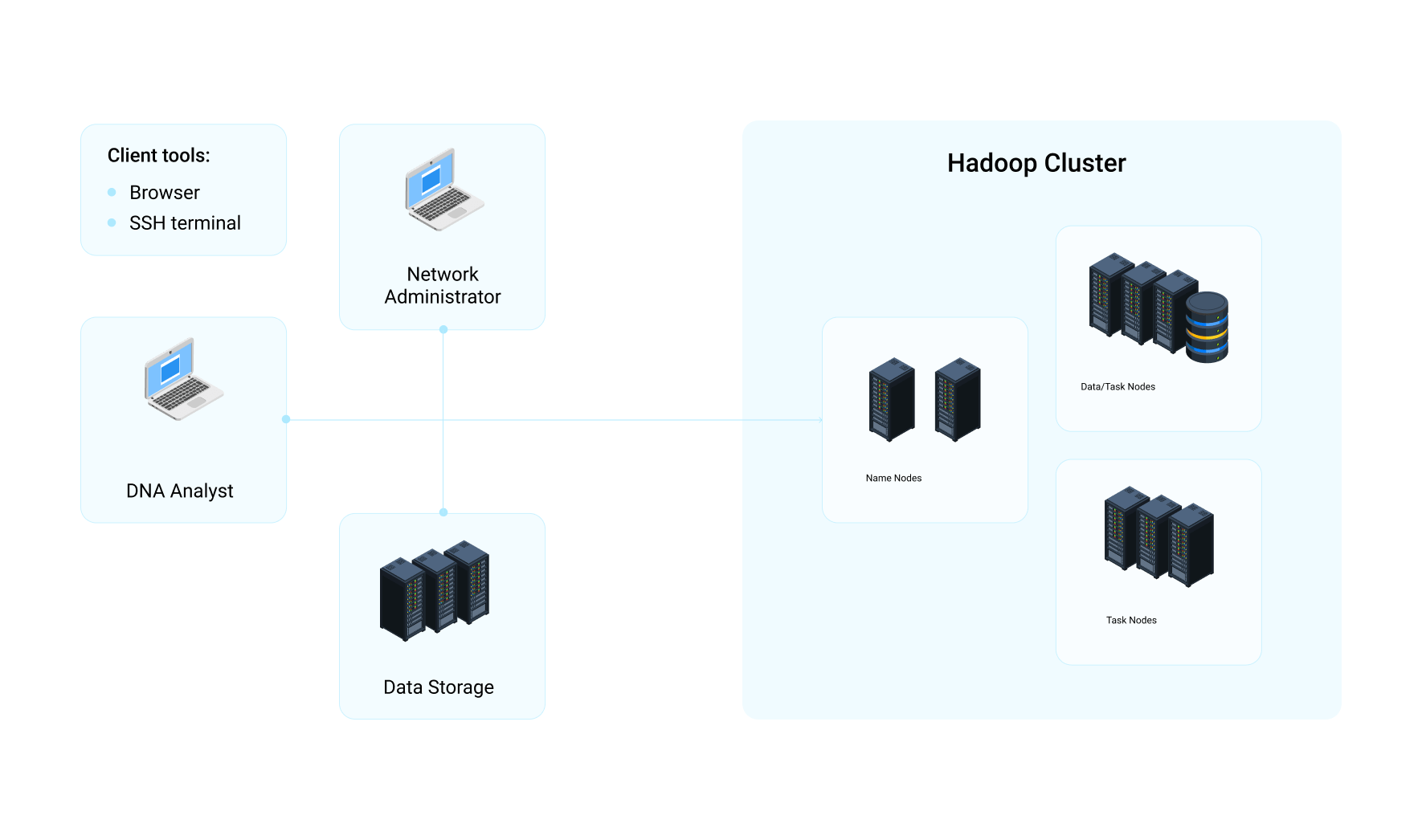close
- emailSend a requestphoneCall 1-650-419-3379phoneCall +1 (650) 419-3379phoneCall +44 2035140925 phoneToll-free 855-258-67-67
- Services
- Expertise
- Portfolio
- Testimonials
- About Us
- Contact Us

Custom Java Development Services
Services
Key benefits of Java-driven development
Technology expertise



Why choose Altoros
.net product, .net consulting, .net development services, .net engineers, .net company, .net developers, .net consulting, full .net product
Related cases
We have successfully delivered 1400+ projects. Take a look at some of our featured projects below. If you want to read about other software solutions delivered by our team, contact us to request case studies.
Enabling Traceability Across a Supply Chain Process
The customer
The company is a global provider of logistics services to energy industry. Founded in 1965, the customer operates supply bases in Norway, Denmark, the United Kingdom, Canada, and Australia.
The need
When the customer turned to Altoros, the established supply chain process was bogged down by mostly paper-based workflows. With multiple parties involved in each step, there was also almost impossible to track a cargo status. As a result, companies served by the customer lost millions of dollars in case of even a single-day delay in shipment.
Collaborating with Altoros, the customer wanted to enable cargo traceability and digitize the existing process.
The challenges
Under the project, the team at Altoros had to address the following issues: Since the company worked with highly sensitive data, information security had to be provided. As the cargo containers had dynamic sets of characteristics managed by multiple parties, it was important to track the changes introduced and prevent users from altering the information outside their scope of authority. Despite unreliable Internet in the field, the worker still had to be able to update the cargo status and all the related information.
-
15
quays
-
700,000
m² total base area
-
60+
service contractors
The outcome
As the company was already using Azure Active Directory to manage its customer base, our developers built the supply chain solution based on Microsoft Azure. By enabling role-based permissions, engineers at Altoros enforced security. By restricting access to particular workflows to authorized parties only, our team made it possible to track which changes were introduced by whom. Experts at Altoros ensured that users were able to report a status at each step of the process in real time. To prevent data loss due to unreliable Internet, our developers enabled smooth data synchronization once a stable Internet connection is available.
Partnering with Altoros, the company managed to minimize transportation delays and save millions of dollars for its customers by digitizing supply chain workflows and enabling traceability. With the solution that can be customized to the needs of supply chain processes for any industry, the organization got an additional revenue channel.
Technology stack
Platform - Microsoft Azure
Programming languages - Java 8
Frameworks and tools - Node.js, Angular, Spring Boot, Spring Data JPA, Hibernate, Maven, Azure DevOps Services, JUnit, Mockito, MockMVC
Database - Azure SQL, MS SQL Server, Liquibase
Personal Finance Management System
The customer
The customer decided to create a free online financial tool that analyzes user’s financial situation collecting information from his/her credit cards and bank account and offers a plan on how to get the user out of debt.
The need
The customer decided to create a free online financial tool that analyzes user’s financial situation by collecting information from his/her credit cards and bank accounts and offers a plan on how to get out of debt. The customer turned to Altoros to develop the back end of the system to securely connect to users’ bank and credit card accounts.
Altoros had to create the following functionality:
- Enable integration of system’s front end, which is written in Python, with Yodlee – an online account aggregation and financial services tool
- Allow the system to support multiple databases
- Create the business logic for data processing Enable the system to parse the user’s account information in the Bank of America and the US Bank
The challenges
The team did not have a relevant experience in working with Yodlee. Integration of this tool was challenging, because we had to research Yodlee’s functionality in full over a short period of time. The Yodlee system has some built-in connection issues: the connection fails and the user session gets interrupted every two hours. We had to figure out how to recover sessions, so that users won’t lose the important data.
The outcome
Our Java developers conducted a thorough investigation of Yodlee, studying all of its features. To solve the connection issue, we developed the Connection Manager that automatically checks if the session is valid. When the session is interrupted, the Manager recovers it and continues executing the specified command.
- The Yodlee integration module was developed as a Web service and integrated with Python-based front end of the system. This solution helped our customer greatly cut down development time and costs.
- The system is highly scalable, the front end is written in Python, while the back end is created in Java. The customer can scale the system endlessly.
- The service shows stable performance, user’s sessions are not interrupted, and all the data is processed with the highest level of security.
Technology stack
Server platform - Linux, Java 1.6, Axis Web services, Google RPC calls
Client Platform/Application Server - Tomcat 6
Programming languages - Java, Clojure, Python
Technologies - Spring, Hibernate, RPC, Yodlee
Databases - PostgreSQL
Enabling Digital Identity Authentication and Verification
The customer
A global provider of digital identity and anti-fraud solutions turned to Altoros to enable identity verification, electronic signatures, and secure agreement automation.
Operating worldwide, the company is a leading provider of digital identity and anti-fraud solutions to the finance, government, healthcare, and insurance industries. Among different institutions, the customer serves over a half of the world’s top 100 banks.
The need
The customer had a platform, which offered a range of services around digital identity. However, the solution had a monolithic architecture and was built on top of an outdated technology stack. As a result, the system was hard to scale and maintain.
Collaborating with Altoros, the company wanted to achieve ease of extending functionality, as well as deliver identity authentication, verification, and electronic signature components.
The challenges
- Data consistency had to be provided.
- Since the system stored and aggregated sensitive data, user access to information needed to be restricted according to the assigned rights.
- As the customer feared vendor lock-in, it was important to ensure the possibility to implement any database of choice.
-
6
Microservices
-
3
services
-
10,000
Users
The outcome
Engineers at Altoros decomposed the monolith into six microservices responsible for identity verification, authentification, audit trail, evidence recording, notifications, and microservices orchestration. These six components ensure proper work of the digital identity, electronic signature, and agreement automation services. By implementing asynchronous method invocation across microservices, our developers provided data consistency. Using Swagger, the team at Altoros made it possible to dynamically generate web clients, which enable an orchestrator to manage interactions across all the microservices. To secure sensitive data, our engineers integrated a shared data storage with role-based access control. In order to avoid vendor lock-in, developers at Altoros built a custom library, which allowed for adding databases of choice on demand. Finally, engineers at Altoros covered the code with numerous tests using SonarQube.
Partnering with Altoros, the customer delivered a solution that digitizes, automates, and secures identity verification and authentication, as well as document processing and signing for 10,000 organizations. With microservices-based architecture, the company achieved scalability, high availability, and ease of maintenance.
Technology stack
Platform - AWS
Programming languages - Java 8
Frameworks and tools - J2EE, Spring, Spring Boot, Spring Cloud Config Server, Docker, NGINX, Hibernate, Maven, Swagger, SonarQube, Jenkins, Git
Database - PostgreSQL, MySQL, MariaDB
Cloud Health Monitoring App
The customer
A California-based provider of innovative solutions for healthcare—distributed globally. The customer focuses on creating products for elderly managed care, chronic disease care, hospital discharge care, consumer health, and telemedicine. Its main patented technology, DynoTM, is a fully-integrated health scanner that captures and analyzes patient data across 30+ metrics in less than one minute.
The need
The customer was developing a cloud-based platform that would aggregate and analyze patient data gathered by its health scanner. The delivered solution aimed at simplifying the process of provisional diagnostics and therapy assignment using a mobile phone.
After some time, DynoSense faced performance bottlenecks. The platform did not process the captured patient data within 5–10 seconds; the developers were not sure about how scalable the platform is.
The customer was under a tight deadline, so it turned to Altoros to find bottlenecks, ensure scalability, and accelerate time to market.
The challenges
- Deciding on the hardware, infrastructure, application platform, and data clusters to build a highly available cloud
- Performing a great number of benchmarks, functional tests, and evaluations on data that is quite sensitive and highly regulated
- Meeting strict security requirements for transmitting, storing, and accessing data
- Assuring monitoring, troubleshooting and ongoing maintenance of the resulting deployment
The outcome
Partnering with Altoros, the customer delivered a cloud-native microservices-based platform that analyzes thousands of health data packets within 5–10 seconds. By employing Cloud Foundry, the customer reduced time to market by accelerating the development process: pushing new releases now takes minutes instead of hours.
In Q3 2016, the platform was launched to analyze data gathered from 200,000 smart sensors. In the next 1.5 years, it is expected that the number of platform users will grow to 1,500,000–2,000,000 patients and medical staff.
Technology stack
App platform - Cloud Foundry
Infrastructure - OpenStack, AWS
Programing languages - Java, JavaScript, R
Technologies - Node.js, Apache Spark, Artillery, Kafka
Database - Apache Cassandra (DataStax Enterprise)
The Cloud-based Document Exchange System
The customer
Normally, e-mail service providers limit the size of data sets that can be sent at a time. In addition, users have to employ third-party software to create documents with complex structures, multiple elds, diagrams, and tables. The customer is a provider of advanced document exchange services who designed software that eliminates these drawbacks. The new system simplies the process of creating documents for various types of businesses and industries. Users can exchange documents, preview correspondence, create custom templates for documents and letters, assign various access restrictions, review, and mark up documents. The system was deployed in a cloud environment to provide a scalable data storage and ensure high availability of all services.
The customer
The customer is a start-up company that came to Altoros with an idea to develop a service similar to “virtual FedEx” that delivers electronic documents. The main advantage of the emerging system was to be a simple and intuitive user interface. Ease of navigation and availability of the planned features were tested on a prototype developed by Altoros.
The need
The system had to store a large number of documents and provide fast access to any of them. It was decided to use cloud technologies to ensure high availability, quick response times, and easy horizontal scalability. The system was integrated with EMC, FileTransfer services, and a third-party Reporting Tool selected by Altoros’s experts.
The outcome
Altoros developed a prototype for the customer, so they could test the functionality and smart interface of the future system. The customer released a new solution that makes document exchange easier and more ecient. The system has already become rather popular, thanks to a user-friendly interface, smart navigation, enhanced security, and unlimited storage space in the cloud. By testing prototypes, we were able to carefully study all requirements, confirm functionality, and access usability before we started development.
Technology stack
Server Platform - CentOS
Client Platform/Application Server - CentOS
Technologies - Couchbase, Solr, Pentaho, Spring MVC, jQuery
Programming Language - Java
Database - Cassandra
Database Design Tool - yEd
Development Environment - Eclipse
Highly Scalable System for DNA Analysis
The customer
The project is a pyrosequencing system that enables high-resolution detection and analysis of biomaterial for genetic mutations.
The customer is a global provider of sample and assay technologies for molecular diagnostics, applied testing, and academic/pharmaceutical research. Its solutions help to transform biological material into valuable molecular insights. Headquartered in the Netherlands, the company operates 35 offices worldwide with 4,000+ employees, serving 500,000+ customers.
Examples of expertise:
- Next-generation sequencing (NGS), a method that makes decoding genetic information much easier, faster, and cheaper than conventional methods.
- Pyrosequencing, a high-resolution detection technology that enables real-time analysis of biomaterial for possible genetic mutations.
The need
The customer turned to Altoros to improve its biotechnology system that analyzes DNA samples for mutations in the early stages. The legacy tool was able to de-duplicate only 1,000 samples maximum — due to memory and CPU limitations — and it still took hours (or even days) to process the pipeline. The goal was to fix performance bottlenecks as well as enable linear scalability for processing 10,000+ biosamples at a time.
The challenges
The legacy outdated API created a lot of challenges. To design a connector that would allow for integrating new applications with the system, the developers were to investigate the business logic of the solution and its architecture. Being developed long ago, the API featured slow complicated queries/calls.
The team also had to solve a compatibility issue. The data is stored in the system in the JSON format and then converted to the XML format to be displayed to users. In addition, some data contained CDATA sections. They had to be shown but this feature was not supported by the JSON format.
The outcome
Altoros has delivered a highly scalable analytical system for de-duplication of genome samples - as a part of the customer’s analytical platform. Thousands of hospitals and laboratories worldwide use the system to detect DNA mutations, saving thousands of lives. The analysis takes minutes now, not hours; it allows for processing 10x more genome samples compared to the performance of the legacy system.
Altoros’s engineers have also proposed a reference architecture for updating a reporting solution. Inspired by our recommendations, the customer went on improving the system with open-source data analytics technologies, which will eventually allow for saving thousands of dollars on expensive Oracle BI licenses.
Technology stack
Server Platform - Linux
Technologies - Apache Hadoop (Cloudera CDH 5.2.1), MapReduce, Apache Spark (Spark SQL), bash
Programming Language - Java, Perl
Database - HDFS
The Image Recognition System
The customer
The system is an innovative augmented reality application that recognizes visual objects and enables consumers to find information about what they see on a TV screen, billboards, or anywhere else right in the moment. Users can simply scan an image and the system will provide all the information about advertised goods or services.
The need
The legacy application API was outdated with a complicated business logic and bad user experience. In addition, the system transferred such data as a session id and user credentials with each query, which posed security vulnerability. The customer needed a smart middle ware that would connect the old API with today’s rich applications. Altoros was to suggest a scalable, high-load, and fast solution that would provide a quick search through a large database of different media content.
The challenges
The legacy outdated API created a lot of challenges. To design a connector that would allow for integrating new applications with the system, the developers were to investigate the business logic of the solution and its architecture. Being developed long ago, the API featured slow complicated queries/calls. The team also had to solve a compatibility issue. The data is stored in the system in the JSON format and then converted to the XML format to be displayed to users. In addition, some data contained CDATA sections. They had to be shown but this feature was not supported by the JSON format.
The outcome
To improve availability and performance of the system, the team suggested dividing the stored data into two groups and keep images separately from the text descriptions. The indexed text data is stored in a new database with a fast search. Altoros’s engineers also helped to setup and manage a computing cluster that was hosted in the Profitbricks virtual environment. This SaaS solution was selected because of its live vertical scaling feature. Currently the system is being tested under different types of tasks to identify the maximum load it can deal with. If necessary, a number of improvements will be made to reach a response time of 1 second for 1,000 concurrent users.
Technology stack
Server Platform - Ubuntu 12.04.2
Client Platform/Application Server - Apache Tomcat 7
Programming Languages - Java
Technologies - Java Servlets, Mongo Java Driver, Jackson JSON Processor, Jackson FasterXML, HTTPUnit, XMLUnit
Databases - MongoDB
Development Environment - Ubuntu 12.04, Eclipse IDE, Jenkins
The SNP Detection System
The customer
The customer helps scientists and laboratories to conduct research and experiments in the field of life sciences. Their key services include next-generation sequencing, bioanalytical and mass spectrometry, as well as DNA sequencing. The customer turned to Altoros to develop a solution that would detect SNP in digitized DNA sequences saved in the FASTA/FASTQ format easier and less time-consuming.
The need
A common problem for researchers who work on genome analysis is the need to store and process terabytes of data fast. To address this issue, Altoros delivered an automated system for single-nucleotide polymorphism detection that provides better performance at a smaller cost. Deployed on Amazon public cloud, it was powered by Amazon Web Services and Amazon EMR. With this optimal solution our customer was able to process 150 GB of genome sequencing data within 24 hours and in the most cost-efficient manner.
The challenges
Apart from building an algorithm for detecting SNP, we were to determine what hardware configuration could provide the required data processing speed.
The outcome
Altoros delivered an automated system for singlenucleotide polymorphism detection that provides better performance at a smaller cost. Deployed on Amazon public cloud, it was powered by Amazon Web Services and Amazon EMR. With this optimal solution, our customer was able to process 150 GB of genome sequencing data within 24 hours and in the most cost-efficient manner.
We started with the development of a prototype to test the possible deployment options and make sure the functionality works correctly. The system for SNP detection was later installed on the customer’s private distributed infrastructure and data processing was performed with Apache Hadoop.
Apart from building an algorithm for detecting SNP, we were to determine what hardware configuration could provide the required data processing speed.
Technology stack
Server Platform - Linux, Amazon Web Services
Client Platform/Application Server - Internet Explorer, Firefox, Safari, Chrome
Technologies - Map / Reduce, Java, HTML, Apache Hadoop, Amazon EMR
Programming Language - Perl, Java, Bash
Database/Storage - HDFS
Development Environmen - Linux editors, Java IDE, Amazon AWS console
Our clients speak
Our aim is to reach customer satisfaction. Explore some of our clients’ testimonials to learn the results of our productive collaboration.

About Altoros
Partners
-
Headquarters4900 Hopyard Rd., Suite 100Pleasanton, CA 94588
-
Altoros Finland OYKyllikinportti 2,00240 Helsinki, Finland
-
Altoros Norge ASTordenskiolds gate 2, 0160 Oslo, Norway
-
Development Center, PolandMłynarska st. 42 /115,01-171 Warsaw
-
Development center, ArgentinaBuenos AiresAv. Federico Lacroze 2827,C1426CPP CABA, ArgentinaSanta Fe25 de Mayo 2884, S3000FUASanta Fe, Argentina

Copied
Copy to clipboard


